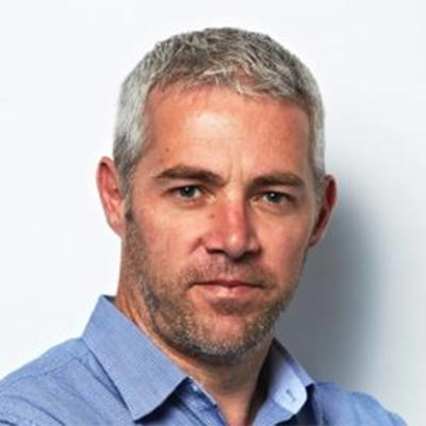Mazda’s CX-60 is set to hit local showrooms later this year, but not all its engines will be made available from the get go.
It’s no secret the top-end version of the CX-60 will be powered by a plug-in hybrid powertrain, but newly-developed six-cylinder engines – in petrol and diesel flavour – will also arrive, as will an entry-level four-cylinder engine.
Mazda Australia is yet to confirm which variants of the CX-60 will arrive first, but it seems certain the first offering - speculated to cost around $55,000 - will be powered by the same naturally aspirated 2.5-litre four-cylinder engine currently found in the Mazda3, 6 and CX-5.
The PHEV, a 3.0-litre petrol six with mild-hybrid tech, and a 3.3-litre straight-six diesel will arrive later this year or early in 2023.
Speaking to CarsGuide at the international launch of the CX-60 in Portugal, Mazda Australia boss Vinesh Bhindi said
“In terms of timing, it will be a sequence of when manufacturing is able to deliver those options for us, we’re not expecting it to be months or a year apart, it will just be as soon as it comes online at the factory,” Mr Bindi explained.
“They’ll stagger that over a month or two or three, then we’ll be getting them as soon as they’re available.”
In terms of the model mix, Mr Bhindi said it was too soon to say and that Mazda was still conducting market research on the car in Australia.
The PHEV version of the CX-60, a first for Mazda, is powered by a 2.5-litre four-cylinder direct-injection petrol engine, a 100kW electric motor and a 17.8kWh lithium-ion battery and offers an impressive 241kW and 500Nm of torque, making it the most powerful production Mazda yet.
Mr Bindi confirmed that the straight-six 3.0-litre-engined versions to come will not be able to match the PHEV, in output terms, but some of those variants will be rear-drive only, as opposed to the PHEV’s all-wheel-drive set up, so they may well be seen as the more purist, driver’s car options.
While Mr Bindi accepts that PHEV sales in Australia have not been promising, he says he expects that to change, and makes a deft swipe at a pioneer of the technology, Mitsubishi, along the way.
“History tell us it’s a small market, but no major brand has put this push into PHEV before, either, so we believe there is a market, and it’s a growing market,” he said.
“It’s not an entry-level technology, therefore it will appeal to a certain group of consumers, so in our line-up for CX-60, the PHEV will be very much the top end.”


.jpg)


.jpg)
.jpg)


.jpg)
.jpg)

.jpg)




.jpg)

.jpg)
.jpg)
.jpg)
.jpg)
.jpg)






.jpg)
Comments